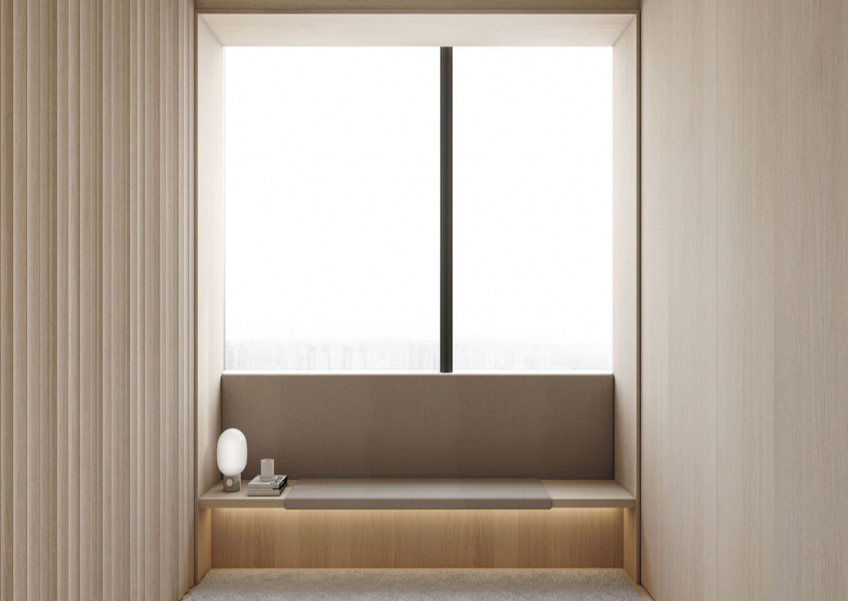Whistling windows: How to prevent and fix narrow gaps on aluminium windows?

That creepy whistling coming from your windows on the occasions of storm or a windy day is in fact a sign that your windows need maintenance.
When strong wind passes through narrow gaps on your windows, a whistling noise is created. The stronger the wind, the louder the noise.
Apart from the whistling, you might notice your windows' soundproofing and insulating properties are deteriorating. These are all symptoms that the window frames' materials are wearing down.
The reasons why your windows whistle after a period of use:
LOW-QUALITY ALUMINIUM
Warping might occur in two to three years' time if the aluminium of your window frames is of poor quality. Once the frames become deformed, they lose their sealing property and air can pass through the gaps created.
Pay attention to the quality of the material when purchasing window frames.
INSTALLATION TECHNIQUES
[[nid:459378]]
Window frames should be installed in an accurate and upright position.
Or else, the gaps between the wall and the frame will become larger over time as the frame warps.
Another point to note is remember to seal the heads of the expansion bolts which attach the window frame to the wall.
Sealing the heads with a good sealant can ensure the water trapped in the frame does not seep into the wall. Instead, it should be drained through the water outlet.
SUBSTANDARD QUALITY OF ACCESSORIES
As the sealing strips on the window frame age and crack, the window loses its airtight property and whistles due to the presence of small gaps.
Sometimes silicone sealant becomes brittle over time and as a result, gaps are formed between the wall and the window frame.
HOW TO STOP YOUR WINDOWS WHISTLING IN THE WIND?
PRE-INSTALLATION PREPPING
Before installing the windows, caulk the gaps between the window frame and the wall. After the sealant solidifies, apply sealing strips to all sides of the window frame to block rainwater and wind from seeping through.
Remember, both the interior and the exterior parts of the window frames should be sealed thoroughly.
If only the interior side of the window frame is sealed, air and water leakage might occur.
EXTRA-SEALING WITH PLASTIC
[[nid:460551]]
The ageing of window frames is practically unavoidable, gaps will inevitably appear. But there are ways to get around this problem.
The most secure way is to apply foam tape to the rims of the window, and then cover the whole window with plastic.
Since plastic is an insulating and airtight material, the temperature of the interior can be well-preserved using this sealing method.
INSULATION SOLUTION FOR DOUBLE-GLAZED WINDOWS
For traditional double-glazed windows, the best way to insulate them is to fill woodchips between the two glass panels to absorb excessive moisture, and block the harsh, cold air from the lower part of the window.
Use masking tape to seal the gaps where the window closes for a full protection.
LARGE GAPS BETWEEN THE WALL AND WINDOW FRAMES
[[nid:461858]]
Clean the gaps thoroughly before the insulation procedure.
First, use polystyrene to fill in the gaps, then top up with fine to medium-grained sand and concrete. Repair the frames afterwards if needed.
If the gaps are on the window frames themselves, simply apply sealing plastic strips.
INCOMPLETE WINDOW FRAME INSTALLATION
Determine whether the problem stems from the substandard quality of your window frames, or an incomplete window installation.
For the former, the responsible party is the hardware store here you purchase the frames. But for the latter, a simple re-installation should solve the problem.
This article was first published in Renonation.